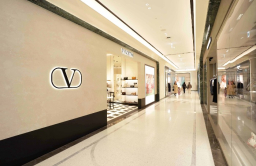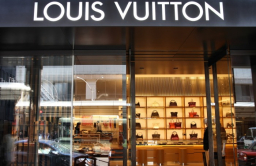-
KOSPI 2577.27 -2.21 -0.09%
-
KOSDAQ 722.52 -7.07 -0.97%
-
KOSPI200 341.49 +0.02 +0.01%
-
USD/KRW 1396 -2.00 0.14%
Hermès, Louis Vuitton, Chanel: Winners in S.Korea’s luxury market
Fashion
Hermès, Louis Vuitton, Chanel: Winners in S.Korea’s luxury market
The gap between luxury’s winners and losers has widened, with sales of local brands such as Balaan and Must It falling
By
Apr 14, 2025 (Gmt+09:00)
3
Min read
News+
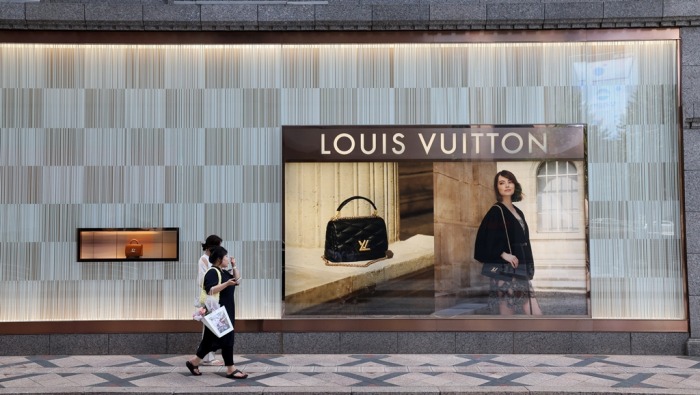
South Korea’s luxury goods market is becoming increasingly polarized, with ultra-high-end brands such as Hermès, Louis Vuitton and Chanel reporting record-breaking sales, while mid-range labels struggle amid a broader consumer pullback.
Despite an overall downturn in discretionary spending, the Korean branches of the foreign big three posted their highest-ever revenues in 2024, according to industry data on Monday.
Chanel Korea led the trio with 1.84 trillion won ($1.29 billion) in sales, an 8.2% increase from the previous year.
Louis Vuitton Korea followed with 1.78 trillion won, up 5.8% from a year earlier, while Hermès Korea recorded the sharpest rise at 20.9%, totaling 964.2 billion won.
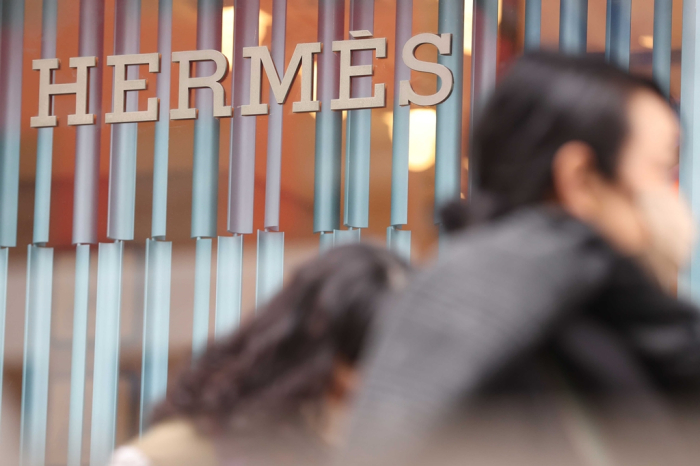
Their combined annual sales climbed 10.6% on-year to 4.59 trillion won.
HIGH-END JEWELRY, TIMEPIECESBeyond apparel and leather goods, the surge extended to high-end jewelry and timepieces.
LVMH Watch & Jewelry Korea — distributor of labels including Chaumet and Fred — saw sales leap 32.8% to 145.9 billion won in 2024.
Bulgari Korea, a unit of the Italian luxury fashion house, saw its sales rise 23.3% to 419.1 billion won, while sales of Tiffany & Co. Korea, a unit of the US jewelry firm, rose 7.6% to 377.9 billion won.
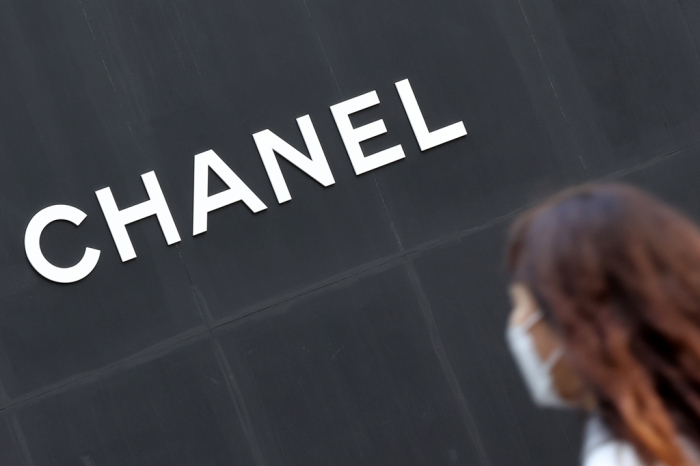
STEEP LOSSES AT LOWER END OF THE LUXURY LADDER
The gains at the top, however, contrasted with steep losses further down the luxury ladder.
Italian fashion house Fendi’s Korean branch saw sales fall 20% on-year to 118.7 billion won, while sales of the Korean unit of Italian luxury fashion house Salvatore Ferragamo S.p.A., declined 12.7% to 85.8 billion won.
The brands Dior, Celine and Tom Ford saw their sales fall 9.5%, 1.3% and 4.6%, respectively.
Industry analysts pointed to growing income-based consumption divergence for the widening gap between winners and losers among fashion brands.
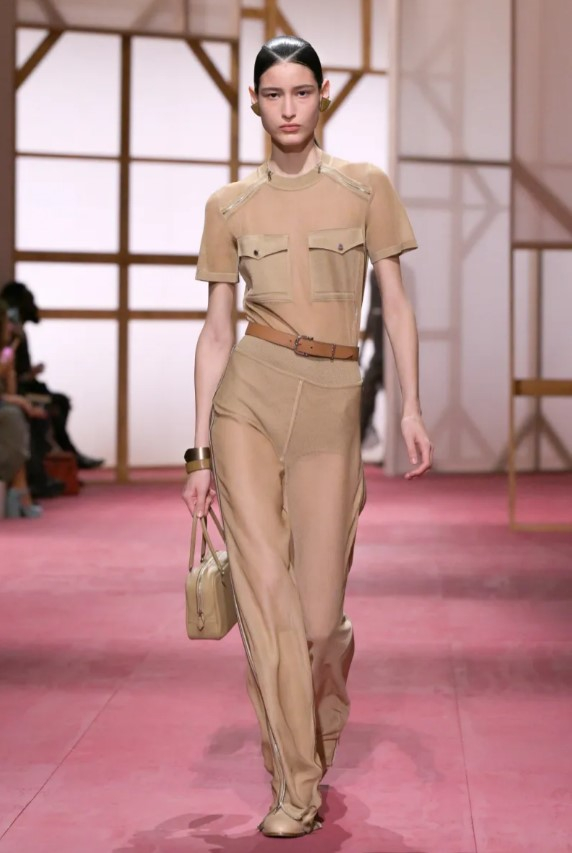
“While middle-income consumers are pulling back on luxury purchases, high-net-worth individuals continue to gravitate toward the most expensive and exclusive items,” said a department store executive.
SALES AT DEPARTMENT STORES
Reflecting this shift, Lotte Department Store and Hyundai Department Store Co. reported their jewelry and watch sales surging by 35% and 43%, respectively, in the first quarter from the year-earlier period.
Price hikes by top brands helped buoy revenue at the department stores, with Hermès and Chanel raising product prices multiple times last year. This strategy appears to have done little to dampen demand among affluent consumers, analysts said.
Industry officials said department stores have reconfigured their luxury offerings to prioritize high-performing flagship labels.
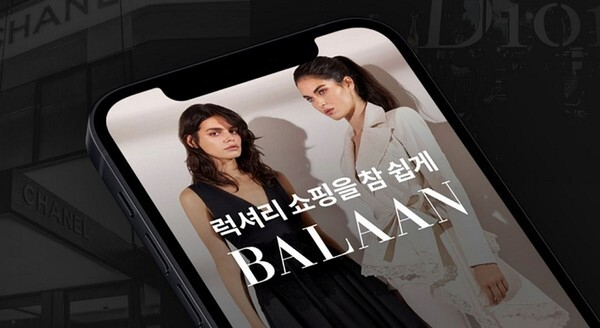
“Top-tier brands are expanding their retail footprints, which naturally leads to mid-tier brands being edged out,” said an official at a local department store.
Yet the polarization has taken a toll on the broader retail market.
Overall luxury goods sales growth at the nation’s three largest department store chains — Lotte, Hyundai and Shinsegae Inc. — slowed to between 5% and 11% last year from higher growth rates in previous years.
Online luxury platforms targeting mainstream consumers have fared even worse.
Balan Co., once a promising domestic e-commerce player, filed for corporate rehabilitation with a Seoul court last month after suffering from financial difficulties.
Must It Co., another popular platform, saw sales plummet 52.2% year-on-year to 11.9 billion won last year.
Write to Tae-Ung Bae at btu104@hankyung.com
In-Soo Nam edited this article.
More To Read
-
Mar 31, 2025 (Gmt+09:00)
-
Mar 28, 2025 (Gmt+09:00)
-
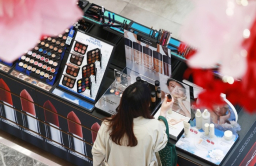 Beauty & CosmeticsKorean cosmetics beat Chanel, Lancôme to rank top in US, Japan
Beauty & CosmeticsKorean cosmetics beat Chanel, Lancôme to rank top in US, JapanJan 05, 2025 (Gmt+09:00)
-
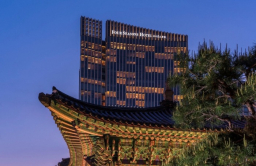 Travel & LeisureAman, Rosewood, Banyan, IHG rush to open luxury hotels in Seoul
Travel & LeisureAman, Rosewood, Banyan, IHG rush to open luxury hotels in SeoulMay 05, 2024 (Gmt+09:00)
-
Apr 19, 2024 (Gmt+09:00)



